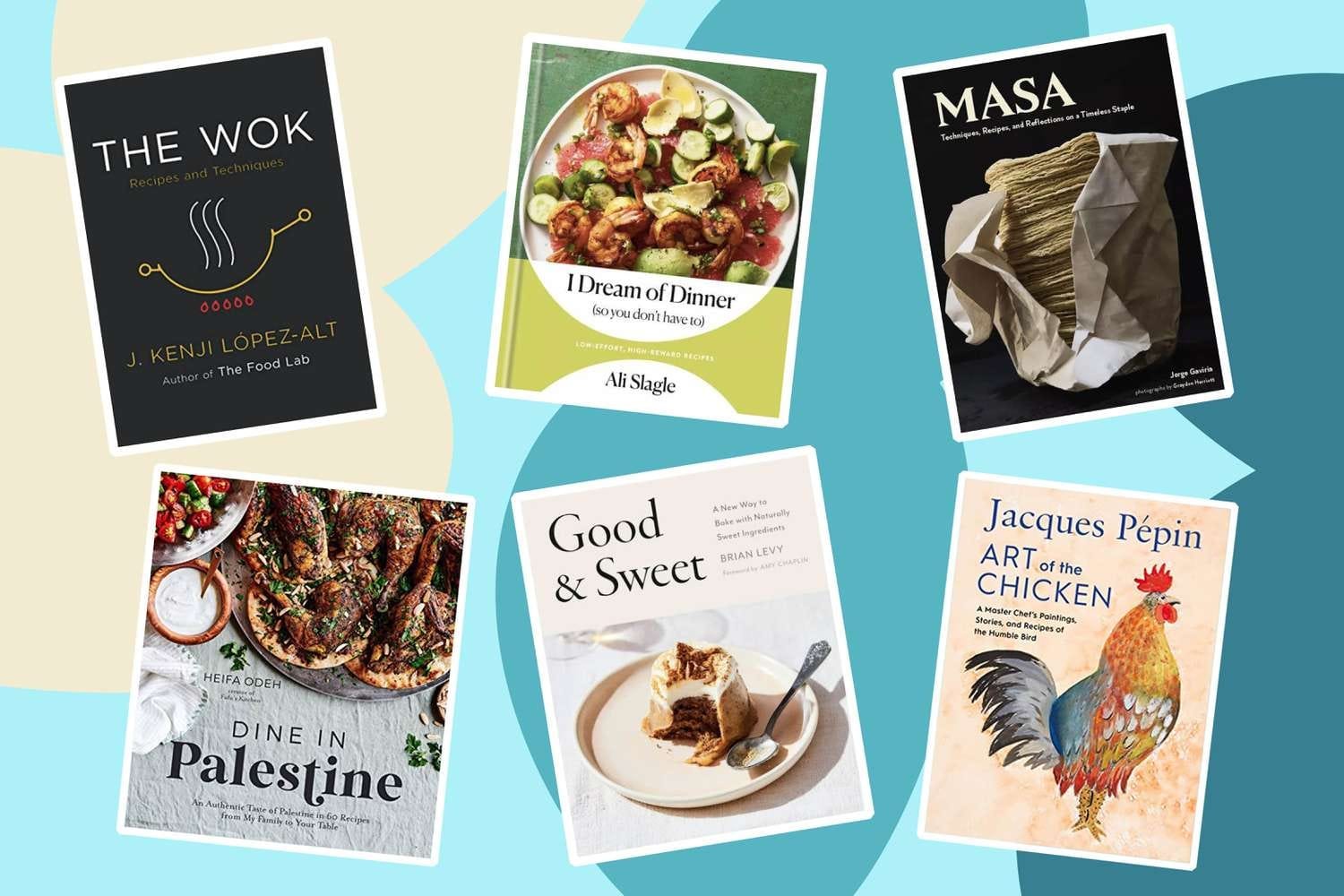Friday Bread Basket 12/16/22

Welcome to the Wordloaf Friday Bread Basket, a weekly roundup of links and items relating to bread, baking, and grain. This will be the last one of ‘22, since I am going on my usual winter break after next Monday’s end-of-year wrap-up.
Amazing Grace

There once was a day when I aspired to write fiction, and at the time, I took writing workshops with several of my favorite writers, among them Grace Paley. I recently pulled her collected short stories off the shelf to re-read, and found in it a note she wrote for me, which I’d forgotten all about. I don’t write fiction anymore, but I hope I’ve managed to live up to Grace’s expectations of me.
In the stories I rediscovered this passage, which is from “Debts," from Enormous Changes at the Last Minute:
Now this is the main part of the story:
The man Michael was not her father. Her father had died when she was little. Maria, with the other small children, had tried to live through the hard times in the best way. She moved in with different, nearly related families in the neighborhood and worked hard helping out in their houses. She worked well, and it happened that she was also known for the fine bread she baked. She would live in a good friend's house for a while baking magnificent bread. But soon, the husband of the house would say, "Maria bakes wonderful bread. Why can't you learn to bake bread like that?" He would probably then seem to admire her in other ways. Wisely, the wife would ask Maria to please find another home.
“He would probably then seem to admire her in other ways.”
We miss you, Grace.
Self-Portrait with Still Life with Bread and Eggs

A conservator at the Cincinnati Art Museum discovered that one of their Cézanne paintings, “Still Life with Bread and Eggs,” concealed a second, earlier painting by the artist:
Serena Urry was cleaning a still life from Paul Cézanne when she noticed some cracks in the paint. "So I thought, 'We should probably x-ray this and see what that is. See if it's anything,' " she says. "And at the end of the day — really, at 4 o’clock — I was sitting in front of the easel with the painting and this print of the x-ray, trying to figure out what the heck it was. Suddenly I turned it 90 degrees and instantly you can see that it's a portrait."


Neanderthal Stack

H/t to my ethnobotanist friend Kat, who alerted me to this story about how science has been rethinking its beliefs about the sophistication of Neanderthal culture and diets, after a recent discovery suggesting they cooked a primitive sort of “flatbread” made from foraged pulses:
“Our findings are the first real indication of complex cooking – and thus of food culture – among Neanderthals,” said Chris Hunt, a professor of cultural paleoecology at Liverpool John Moores University, who coordinated the excavation.
Hunt and his colleagues have even tried to recreate one of the recipes, using seeds gathered from nearby the caves. “It made a sort of pancake-cum-flatbread which was really very palatable – a sort of nutty taste,” Hunt said.
The burned food remnants – the oldest ever found – were recovered from the Shanidar Cave site, a Neanderthal dwelling 500 miles north of Baghdad in the Zagros Mountains. Thought to be about 70,000 years old, they were discovered in one of many ancient hearths in the caves.

Not bread, but Zoe Bread

My new favorite funny person is Zoe Bread, who has little to do with bread, outside of her pen name. She is most prolific on TikTok, which might just get me to start using the platform, but you can also find her absurdist work on Instagram too.
Serious Company

I was chuffed to see that my humble little pocket guide has made its way onto a few “cookbooks of the year” and/or holiday gift guide lists, including one at Chef Steps, and one from Serious Eats, where it was chosen by Wordloaf correspondent Jesse Raub:
Frequent Serious Eats contributor Andrew Janjigian developed this quick guide earlier this year to help stuck bakers have a quick reference guide. With tables for swapping dry yeast for sourdough, weight to volume conversions for various salt types, and even a protein percentage chart for commonly available flours, The Bread Baker's Pocket Companion is an essential tool for any baker who finds themselves in a pinch trying to build a recipe. I particularly love how much time he dedicates to breaking down baker's percentages, making it easy to scale bread formulas up or down as needed. There are only a limited number of copies available, however, so act fast. — Jesse
Thank you, Jesse! Honored to be included among all of those amazing books & authors.
One minor correction: There are plenty of copies available now, though if you want one for Xmas, you will have to place an order today.

That’s it for this week’s bread basket. I hope you all have a peaceful, cookie-filled weekend. See you on Monday.
—Andrew





Member discussion